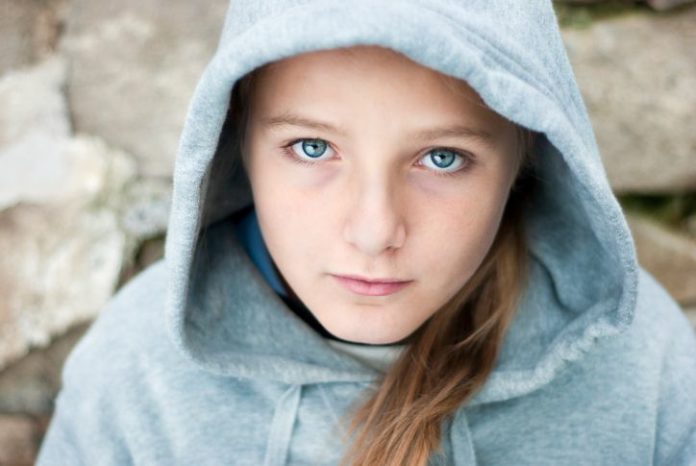Statistical evidence of the relationships between child abuse and neglect, homelessness and juvenile justice supervision was released today by the Australian Institute of Health and Welfare (AIHW).
The report Children and young people at risk of social exclusion: links between homelessness, child protection and juvenile justice used innovative data analysis techniques to examine three community-sector data collections: Supported Accommodation Assistance Program (SAAP), juvenile justice supervision, and child protection notifications and substantiations
‘In this project, we used 3 years of national SAAP data; 8 years of juvenile justice data for Western Australia and the Northern Territory, 6 years of data for the Australian Capital Territory and 10 years of data for the remaining states and territories; and 18 years of Victorian and 3 years of Tasmanian child protection data,’ said AIHW spokesperson Tim Beard.
‘This meant we could make a range of comparisons, including looking at those who experienced all three programs in Victoria.’
The report shows that children and young people who are involved with one of the three areas (homelessness, child protection and juvenile justice supervision) have an increased risk of being involved in the other two areas.
Among those who completed juvenile justice supervision, 7% of young non-Indigenous men and 6% of young Indigenous men received homelessness support within a year.
‘Young women are at an even greater risk, with 16% of young non-Indigenous women and 15% of young Indigenous women receiving homelessness support within a year of leaving supervision.’
About 1-2% of people in the general population receive homelessness services in a year.
‘Among children with a substantiated child protection notification in Victoria and Tasmania, 6% received homelessness support in the year before the notification, and 7% received support in the year after.’
Of the Indigenous children and young people with a substantiated child protection notification, 12% of boys and young men and 10% of girls and young women received homelessness support in the year before the notification, compared with 5% of non-Indigenous boys and young men and 6% of non-Indigenous girls and young women.
The report also shows that almost 10% of those who were supervised in the juvenile justice system had at least one substantiated child protection notification.
‘With further expansion of this work, and more long term data, greater links between the three areas may be identified,’ Mr Beard said.
The AIHW is a major national agency set up by the Australian Government to provide reliable, regular and relevant information and statistics on Australia’s health and welfare.
Source: Australian Institute of Health and Welfare










